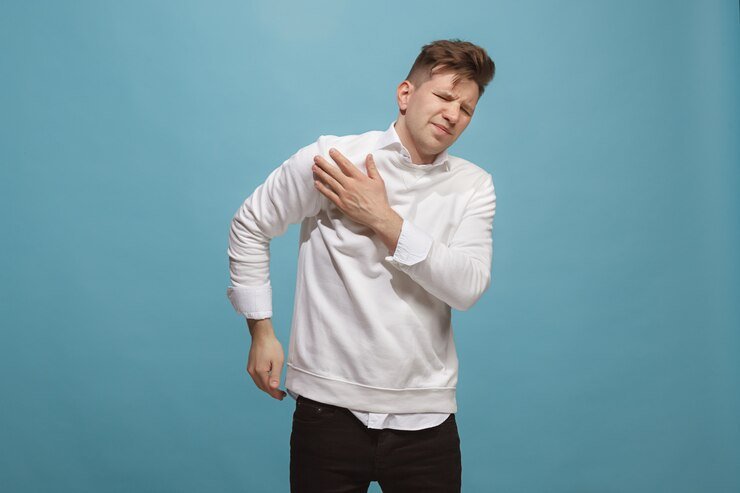To treat them, first of all, we must distinguish which of these two hair processes we are suffering from, since their treatments are different.
When we notice that unpleasant “snow” that settles on our shoulders and leaves us so perplexed, we realize that we have a problem with our scalp. So, the first thing to do is to know what we are dealing with.
Dandruff is linked to excess oil and various skin conditions, while flaking is a natural process of regeneration of scalp cells, according to experts at skincare company Nivea-Beiersdorf.
WHY THEY OCCUR
They indicate that different causes cause dandruff, one of the most common being the proliferation caused by a fungus. This microscopic organism is found naturally in our skin and feeds on the fatty acids secreted by the hair follicles in our hair.
However, the appearance of dandruff can also be related to “problems such as excessive stress or anxiety or some hormonal imbalances, typical of adolescence,” indicate the aforementioned skin specialists.
On the other hand, flaking “may be related to our scalp being excessively dry. In these cases, flaking is usually very abundant and may even be accompanied by itching,” they indicate.
“Behind excessive flaking can be found both seborrheic dermatitis and psoriasis, which are two skin diseases. Two problems that, apart from aesthetic reasons, can cause quite a bit of discomfort,” says the cosmetics company International Dermatologic Product.
“If we suffer from seborrheic dermatitis, the appearance of the flaking produced may be similar to that of dandruff, since both are greasy flaking and have a yellowish tone. In addition, our scalp will be irritated and red, and its proliferation will be even greater than in a dandruff process,” add the experts of this firm.

As for psoriasis, this skin disease is characterized “by the appearance of white, dry scales, which are usually accompanied by intense itching. It can appear on the scalp, but also in other areas of the body. Its symptoms can appear suddenly or gradually, and it is common for them to spread,” they add.
HOW TO DISTINGUISH THEM?
The specialists at the sulfate-free shampoo company Dalire briefly explain how to distinguish between dandruff and flaking.
First of all, it is recommended to pay attention to the flakes that fall or accumulate on the hair: what are they like? What is their appearance, texture, etc.? Some are dry, white, or transparent and small: those of dandruff. Others are greasy, larger, and yellowish or white: those of flaking.
It is also important to observe where the flakes appear. While the flakes are larger, we will see them on our scalp or tangled along our hair, the dandruff flakes are finer and fall from the hair and we usually discover them on our shoulders, on top of our clothes when we look in the mirror, according to Dalire.

On the other hand: “Do you have itching?” In this case, we are probably dealing with a case of flaking, because the scalp is excessively dry and, in addition to the flakes, we will notice that the hair area is red.
Dandruff, which usually arises due to the presence of a fungus that feeds on the bacteria in the sebum produced by our scalp, can be aesthetically bothersome, but it does not usually itch,” they point out.
It is also important to pay attention to the appearance of the hair. If we have dandruff, we can have well-groomed and soft hair if it is well treated and nourished, using hairdressing solutions and masks, but with flaking, dryness becomes more evident and the hair looks dull, frizzy, and brittle, they say.
Once we have identified whether we suffer from dandruff or flaking, we must use a suitable shampoo to deal with one or the other condition, respectively, according to Dalire.
Sulfate-free shampoos are recommended for hair with dandruff, as, with their natural ingredients such as grapefruit or burdock root, they will cause the scalp to rehydrate and rebalance and the flakes to disappear, they point out.
For flaking, with a drier than normal scalp, nourishing shampoos are more suitable, as they will provide more hydration with their natural ingredients such as coconut and its proteins that protect and repair the hair, and ingredients such as wild thyme, birch, and rosemary, yarrow or nettle, they suggest.
SOME RECOMMENDATIONS
Dr. Nelton Abdon Ramos Rojas, a physician, anesthesiologist, and communicator, from the pages of the online publication ‘Mejor con Salud’, indicates that there are treatments with natural ingredients for dandruff, based on essential oils of tea tree, lavender, and mint, as well as for flaking, based on extra virgin coconut oil and jojoba oil.
This expert also offers some helpful tips for dealing with both problems:
- Try to avoid showering with excessively hot water. It is advisable to do so with lukewarm water.
- Always use natural shampoos that do not contain sulfates, as they cause the scalp to dry out, and also avoid those that contain petroleum derivatives, such as paraffin, alcohol, silicones, or parabens.
- Try using one part apple cider vinegar diluted in three parts water as a natural hair conditioner. This product will make your hair shinier and balance the pH of your scalp.
- If you suffer from dandruff or flaking, you should avoid using straighteners and hairdryers, as well as some aggressive hair treatments that dry out and damage your hair progressively.
- Although it may not seem to be related to hair disorders, diet is essential to prevent dandruff or flaking, since the state of our liver and kidneys is also reflected in our hair.
- We need to reduce the intake of foods such as red meat, sausages, dairy products, refined flour, sugars, and hydrogenated fats, and, on the other hand, consume more fruits and vegetables, whole grains, legumes, nuts, and seeds.























+ There are no comments
Add yours